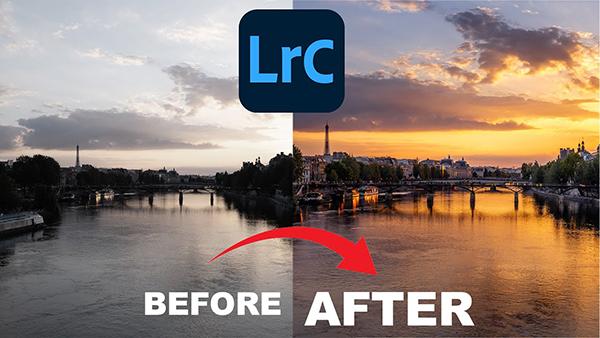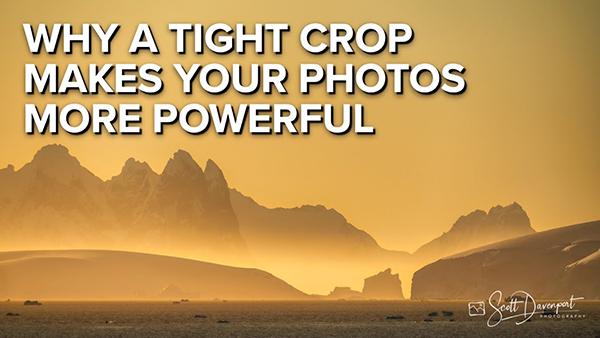|
Mar 10, 2025
|
Mar 07, 2025
|
Mar 06, 2025
|
Mar 04, 2025
















